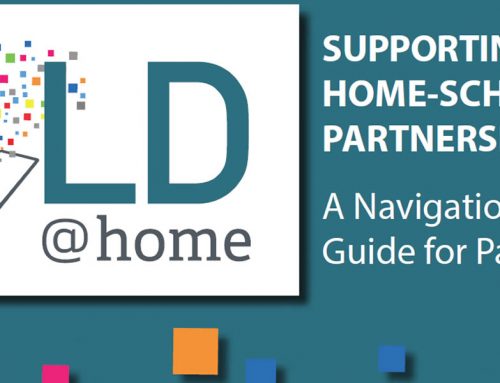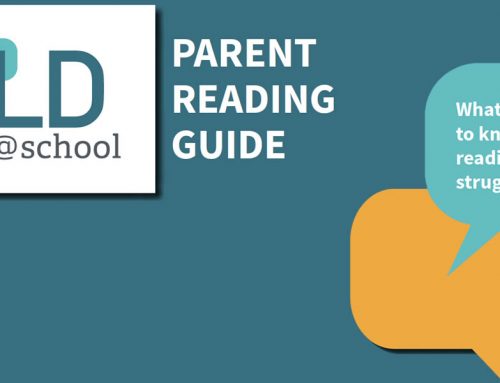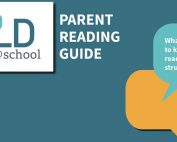What is social competence?
Social competence requires more than just social skills; it is a complex and interconnected set of skills that enables us to navigate social interactions and initiate and maintain relationships with others (Stichter et al, 2012).
Social competence reflects three areas of functioning, including:
- Cognitive: understanding social rules, being able to understand another’s perspective, and taking in, remembering and expressing ideas to others.
- Emotional: being able to manage emotions, matching ‘energy’ or level of emotion to the social situation.
- Behavioral: using social skills effectively and age-appropriately, such as taking turns, making eye contact, sustaining a conversation, negotiating conflict.
Why do we need social competence?
Why is it important to develop good social competence? Social competence is a protective factor in good mental health (Alduncin et al, 2014). It helps us to develop strong social supports and to work effectively with others. More and more, we live in a complex and connected world, and the ways in which we connect are increasingly fast paced and fragmented. The challenges of social media, living away from extended relatives and familiar communities, having to form new social supports, and having to work with groups of people, all add to the need for high levels of social competence. We know that individuals who struggle with social competence are more likely to experience difficulties in forming lasting and supportive relationships, or may have poorer outcomes in mental health & wellbeing as adults. Individuals with better social competence achieve better career success (Amdurer et al, 2014).
Learning disabilities and social competence
75% of children with learning disabilities (LDs) struggle with social competence (Kavale & Forness, 1996; Milligan et al, 2015). Thinking about the impact of LDs, this makes sense. For example, individuals whose LDs reflect language processing difficulties might have trouble interpreting sarcasm. “Reading” body language is harder if one has difficulties making sense of what you see (visual-perceptual processing). Difficulties with memory, attention or processing speed can make it harder to track a group conversation or to participate in a social group. Lastly, difficulties with executive functioning, such as controlling impulses or being flexible and shifting ideas, can also impede social relationships.
What might this look like? Each child’s social competence abilities may differ. Some children may interrupt others, monologue (not allowing others to talk), or may be too silly. Others may have trouble letting go of an idea, can’t compromise, or may be seen as too bossy. Some children have trouble taking social risks and initiating conversation, and may prefer to stay on the edge of social interactions.
What is the impact for children with LDs?
Children with LDs often develop social competence at a slower rate than their peers, and the problem compounds over time. It can be harder to make or keep friends, and these children may not have the same opportunities at an early age to learn how to negotiate having a fight with a best friend or figuring out how to apologize for a social misstep. By adolescence, navigating social relationships are even more complex. Children and youth with LDs are at greater risk for bullying and peer victimization (Mishna, 2003), social rejection (Bryan, Burstein and Ergul, 2004), and loneliness (Valas, 1999). They may stop trying to engage with others and may avoid social situations or may focus on computer games as a way to interact. This can lead to a ‘vicious cycle’ in which these children miss out on opportunities to learn and develop more effective social competence, thus further isolating them and having an adverse impact on self-esteem (Sideris, 2007).
What can help?
We know that children with LDs need more time, more direct teaching, and supported opportunities to practice social competence skills in a safe environment. Ross Greene writes that ‘kids do well if they can’ and we need to understand the lagging social competence skills that might be getting in the way of effective interpersonal relationships. The first step is to figure out what might be underlying the child’s particular social struggles. Is it a problem in self-regulation? It is an information processing problem? Is it anxiety and a reluctance to initiate a social conversation? Or a combination of all of these factors?
Here are some simple strategies to consider:
- Narrating: Some children do not know how to interpret a social situation or may not know what to do or say. Tactfully pulling the child aside to interpret the situation and coach the child in the moment can be helpful. For example, ‘Susan was being sarcastic when she said she loves doing homework for four hours.’
- Conversation skills: Directly teach the child how to share information in a conversation and practice following up a statement with a related question. E.g. ‘I played Minecraft last night. Do you know that game?’
- Conflict resolution: Help the child to become aware when they may have hurt someone’s feelings or made a social ‘misstep’ by explaining the situation and the observed behavior (e.g., when you took over the game and changed the rules, that was frustrating for Johnny, who made a mad face and then didn’t want to play anymore). Teach the child how to ‘repair’ by apologizing, and practice the skills.
For more information about social competence for children and youth with learning disabilities, please contact Dr. Marjory Phillips at the University of Waterloo (Marjory.Phillips@UWaterloo.ca).
Reprinted with permission from LDAO.
References
Alduncin, N., Huffman, L.C., Feldman, H.M., & Loe, I.M. (2014). Executive function is associated with social competence in preschool-aged children born preterm or full term. Early Human Development 90.6 299-306.
Amdurer, E., Boyatzis, R.E., Saatcioglu, A., Smith, M.L., & Taylor, S.N. (2014). Long term impact of emotional, social and cognitive intelligence competencies and GMAT on career and life satisfaction and career success. Frontiers in Psychology 5.
Bryan, T., Burstein, K., & Ergul, C. (2004). The social-emotional side of learning disabilities: A science-based presentation of the state of the art. Learning Disability Quarterly, 27(1), 45-51.
Forness, S. R., & Kavale, K. A. (1996). Treating social skill deficits in children with learning disabilities: A meta-analysis of the research. Learning Disability Quarterly, 19(1), 2-13.
Milligan, K., Phillips, M. & Morgan, A. (2015). Tailoring Social Competence Interventions for Children with Learning Disabilities. Journal of Child and Family Studies, online Sep 03 2015.
Mishna, F. (2003). Peer victimization: The case for social work intervention. Families in Society, 84(4), 513-522.
Sideridis, G. D. (2007). Why are students with LD depressed? A goal orientation model of depression vulnerability. Journal of Learning Disabilities, 40(6), 526-539.
Stichter, J. P., O’Connor, K. V., Herzog, M. J., Lierheimer, K., & McGhee, S. D. (2012). Social competence intervention for elementary students with aspergers syndrome and high functioning autism. Journal of Autism and Developmental Disorders, 42(3), 354-366.
Valås, H. (1999). Students with learning disabilities and low-achieving students: Peer acceptance, loneliness, self-esteem, and depression. Social Psychology of Education, 3(3), 173-192.
About the Author:
Dr. Marjory Phillips, C.Psych
Dr. Marjory Phillips is the Director of the Centre for Mental Health Research at the University of Waterloo. From 2008 to 2017, Dr. Phillips was the Clinical Director for Integra, the only accredited children’s mental health agency in Canada to specialize in providing mental health services to children, youth and families with Learning Disabilities. She also worked as a clinical psychologist and Clinical Director in a children’s treatment rehabilitation in Kingston for 12 years. Dr. Phillips received her doctoral degree in clinical psychology from the University of Waterloo. She has held appointments as an Adjunct Assistant Professor at Queen’s University and York University, and was a Clinical Supervisor with the University of Toronto.










